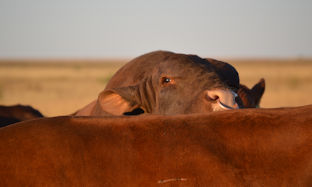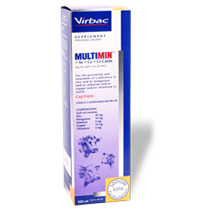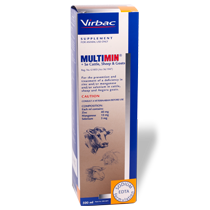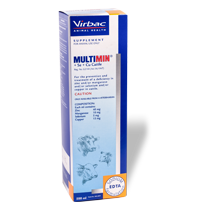
BEEF COW MANAGEMENT - ADVANTAGE: Breeding soundness
Disease conditions can undo all the other management inputs to achieve a good conception rate and calving percentage!
If a sudden decrease in conception/calving percentage is experienced or calving percentage remains low over the long term despite good body condition, we must look out for the following:
Vibriosis (Campylobacter fetus)
It is a sexually transmitted disease where the cows are infected by infected bulls. The most common symptoms in the cows are abortions, low conception rates, extended calving intervals and uterine infections. Cows do develop immunity later but it is not permanent.
Bulls are asymptomatic (do not show symptoms), act as carriers and are the main source of contamination. Vaccination before the start of the breeding season is an option in positive herds.
Trichomoniasis (Trichomonas foetus)
It is also a sexually transmitted disease where the cows are infected by infected bulls. The most common symptoms are resorptions (early loss of pregnancy), a prolonged calving interval and abortions (but not common). Although most cows self-heal after a few cycles, they will most likely not be pregnant after the breeding season.
Only bulls can be tested. Bulls that are positive must be slaughtered. Treatment is very difficult, expensive and not always effective. Replace bulls with young bulls used for breeding for the first time (or do AI).
Contagious abortion / Brucellosis (Brucella)
This is one of the main causes of poor calving percentages! NB. The disease is also a zoonosis - a disease that can be transmitted from animals to humans - mainly through unpasteurized (raw) milk and exposure when abortions, stillborn calves and retained placentas are handled without gloves. That is why it is also a controlled disease and must be reported to the state veterinarian.
This time it is not the bulls that transmit the disease. Cows contract the disease through environmental contamination. The newborn calf, the placenta and the amniotic fluid of positive cows contain many bacteria and serve as the main source of contamination. Cows usually abort once and can calve normally afterwards - BUT - always remains a carrier and therefore a source of contamination.
Test the herd on a regular basis for the presence of Brucella bovis especially if there are positive herds in the immediate area. Biosecurity is of paramount importance. All new animals purchased must be brucellosis-free certified. Keep boundary fences in good condition.
Vaccines are available to prevent abortions, but cannot cure the disease! By law, all heifers must be vaccinated. The following vaccines are available:
-
S19 - heifers must be vaccinated once before the age of 8 months. If vaccinated later, it is not possible to distinguish between the vaccine and the natural infection!
-
RB51 - may (should) be used on
-
Heifers - 2 to 3 times from 4 months until first breeding
-
Cows - only on non-pregnant cows (may cause abortions)
-
In addition to disease conditions, cows must also be checked for:
- Teeth - cows with worn teeth and are not in good condition should not be bred again. Although these cows may become pregnant, they may struggle to get into body condition for the next calving and not wean a good calf.
- Udder/teats - cows that have developed mastitis or have teats that are damaged or non-functional (e.g. "bottle teats") should not be rejoined.
- Pelvic opening - cows that have had difficulty in calving should be examined to make sure their pelvic opening is not too small. If so, such cows/heifers must not be rebred.
- Uterine infection - make sure that cows that developed an uterine infection after calving have fully recovered before the start of the breeding season. If the infection is not fully cleared, such cows may struggle to conceive.




